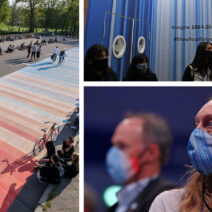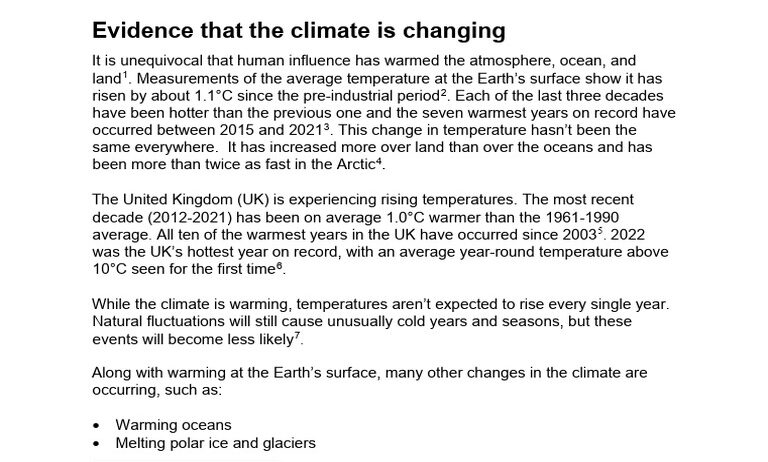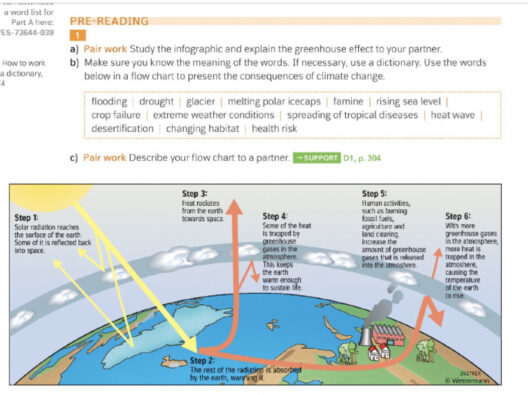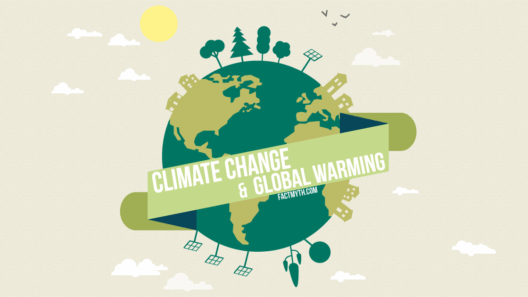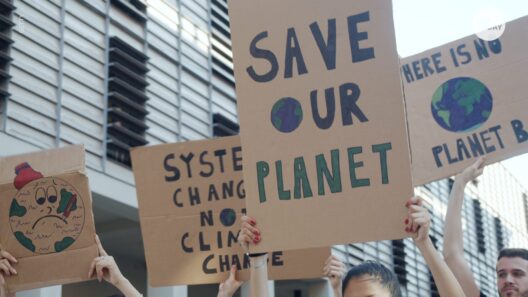Climate change refers to the long-term alteration of temperature and typical weather patterns in a place. It can result in a range of conditions that can severely affect the environment, human living conditions, and the planet’s ecosystems. Understanding climate change is crucial; it allows people to comprehend the intricate interdependencies of natural systems while grasping the urgency of mitigation and adaptation measures.
Climate change is primarily a consequence of human activities, particularly those that increase the concentrations of greenhouse gases in the atmosphere. The phenomenon is multifaceted and demands thorough introspection and action on a global scale.
To unravel the complexities of climate change, we must explore its fundamental principles, impacts, and the strategies for combating it. Below, each aspect will be laid bare, allowing readers to acquire a comprehensive understanding of this pressing global challenge.
Defining Greenhouse Gases and Their Role
At the heart of climate change lies the greenhouse effect, a process unfathomably critical yet often misunderstood. Greenhouse gases (GHGs), such as carbon dioxide (CO2), methane (CH4), and nitrous oxide (N2O), after being emitted into the Earth’s atmosphere, trap heat from the sun and prevent it from escaping back into space. This process keeps our planet warm enough to sustain life. However, human activities—driving fossil-fueled vehicles, deforestation, and industrialization—have led to unprecedented increases in these gases.
The most prevalent greenhouse gas is carbon dioxide, primarily released through the burning of fossil fuels. Methane, while less abundant, has a substantially greater capacity to trap heat, making it potentially more damaging in the short term. Understanding the sources and impacts of these gases is pivotal for anyone wishing to engage with climate change from an informed perspective.
Deciphering the Effects of Climate Change
As greenhouse gas concentrations in the atmosphere rise, so too do global temperatures, leading to a cascade of environmental changes. These effects manifest in numerous ways and vary in intensity across different regions, illustrating the need for localized understanding and response strategies.
Weather Extremes: One of the most visible impacts includes an increase in extreme weather events—intensified storms, extended droughts, and prolonged heatwaves. These events disrupt ecosystems and can lead to significant human displacement and economic disparity. Terrestrial and aquatic biodiversity also face existential threats, with climate change altering habitats, affecting food availability, and even leading to species extinction.
Rising Sea Levels: Another alarming consequence is rising sea levels—a result of melting polar ice caps and thermal expansion of seawater. Coastal cities and island nations face the specter of inundation, which exacerbates existing vulnerabilities among populations living in these regions. The socio-economic ramifications of such changes are profound, necessitating urgent action to safeguard vulnerable communities.
Health Risks: The implications of climate change extend to human health as well. Poor air quality, heat stress, and the spread of vector-borne diseases are on the rise, endangering public health on a global scale. Vulnerable populations, such as the elderly and those with pre-existing conditions, bear the brunt of these risks, enriching the discourse around equity in climate action.
Mitigation Strategies: A Multifaceted Approach
Given the multitude of risks posed by climate change, mitigation strategies must be multifaceted, embraced both by governments and individuals. Transitioning to renewable energy sources like solar, wind, and hydroelectric power is pivotal, as these technologies emit far fewer greenhouse gases compared to fossil fuels. By investing in clean technology, society can disrupt the cycle of emission while fostering economic growth.
Energy Efficiency: We must also consider energy efficiency as a crucial component in the fight against climate change. By improving insulation in buildings, implementing energy standards, and promoting energy-efficient appliances, we can significantly reduce energy consumption, which translates to lower greenhouse gas emissions.
Revitalizing Natural Environments: Restoration and preservation of forests, wetlands, and oceans are indispensable in carbon sequestration. These natural ecosystems act as carbon sinks that absorb CO2 from the atmosphere, countering the elevated emissions caused by human activity. Restoration initiatives not only bolster biodiversity but also enhance resilience against climate change impacts.
Climate Adaptation: While mitigation is crucial, adaptation strategies must also be adopted to prepare and respond to the changes that are already underway. Communities must develop infrastructure that withstands flooding, invest in sustainable agriculture to ensure food security, and implement water management strategies that consider shifting precipitation patterns. Proactive measures can often mitigate the harsh impacts of climate change.
A Call to Action
Climate change is not solely an environmental issue; it is a profound ethical dilemma that permeates economic, social, and political spheres. Active engagement is vital for genuine progress. Governments, businesses, and individuals must prioritize sustainability to forge a world where future generations can thrive. Collective awareness is the catalyst for change; educating oneself and others creates an informed populace ready to advocate for viable solutions.
In conclusion, climate change stands as one of the greatest challenges of our time. Recognizing its pervasive effects and understanding actionable strategies for mitigation and adaptation are essential steps toward cultivating a resilient future. The narrative surrounding climate change must evolve from one of despair to one of empowerment. It is imperative that we not only acknowledge the urgency but also harness our collective prowess to foster innovative solutions for a sustainable planet.
